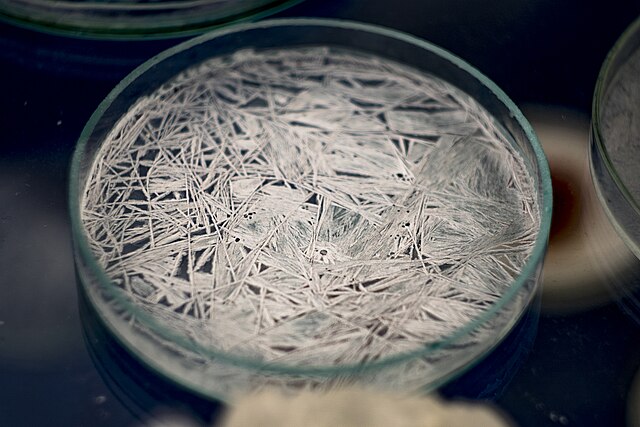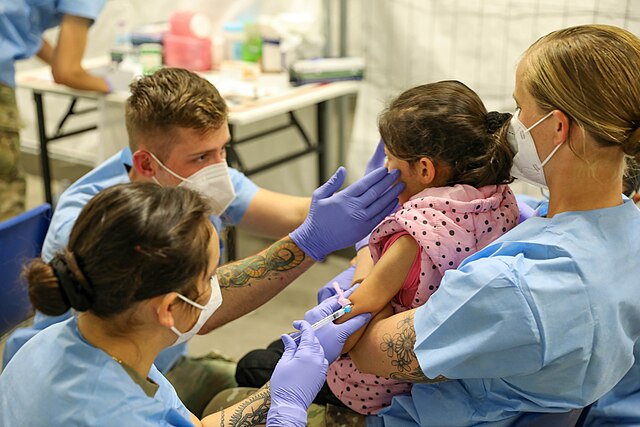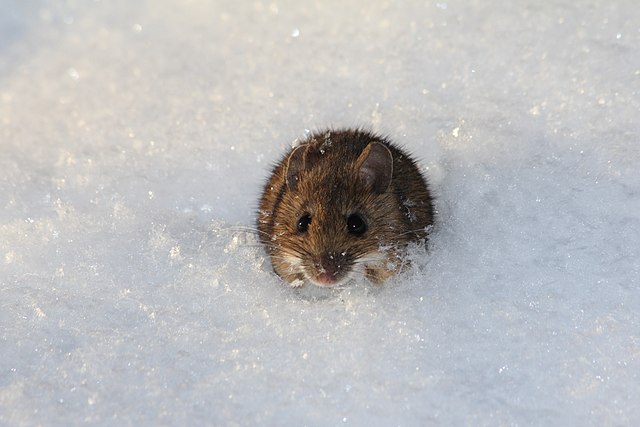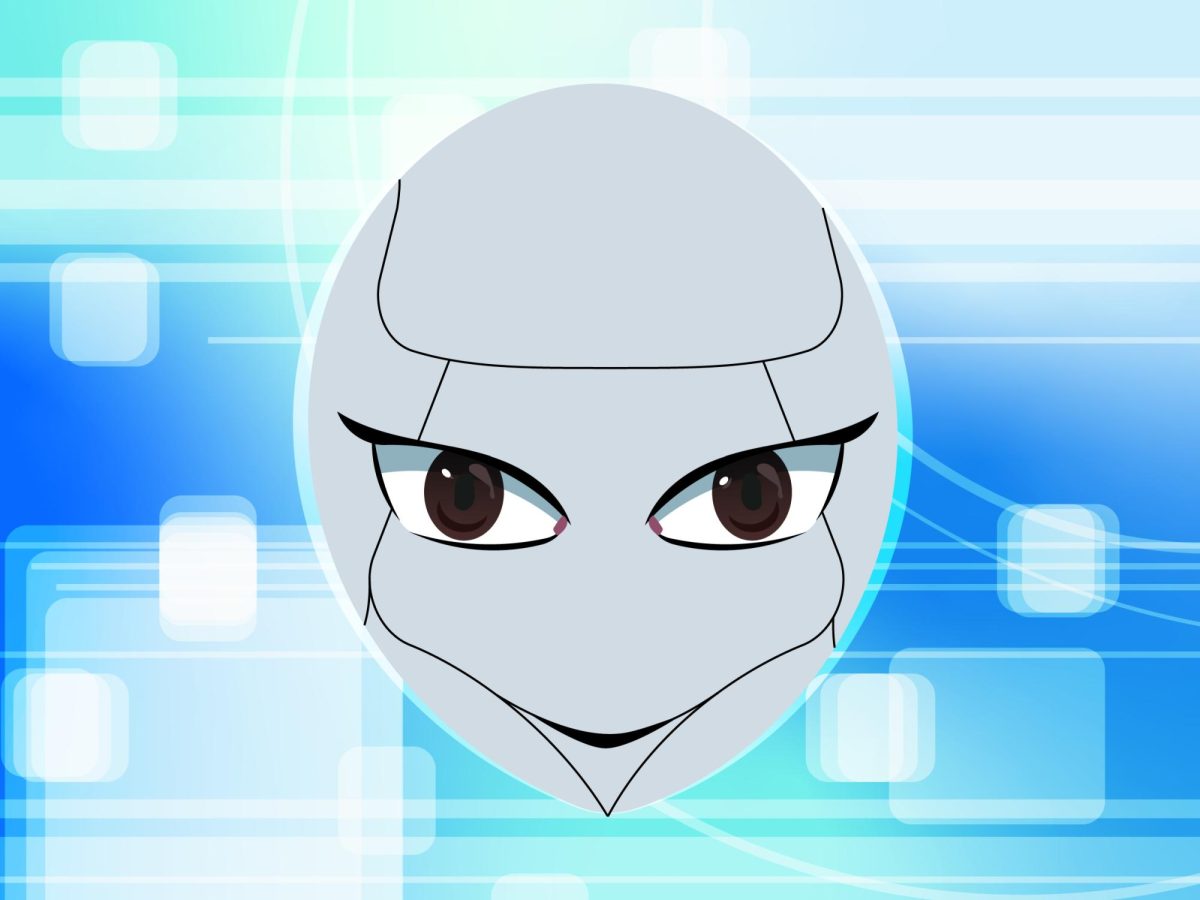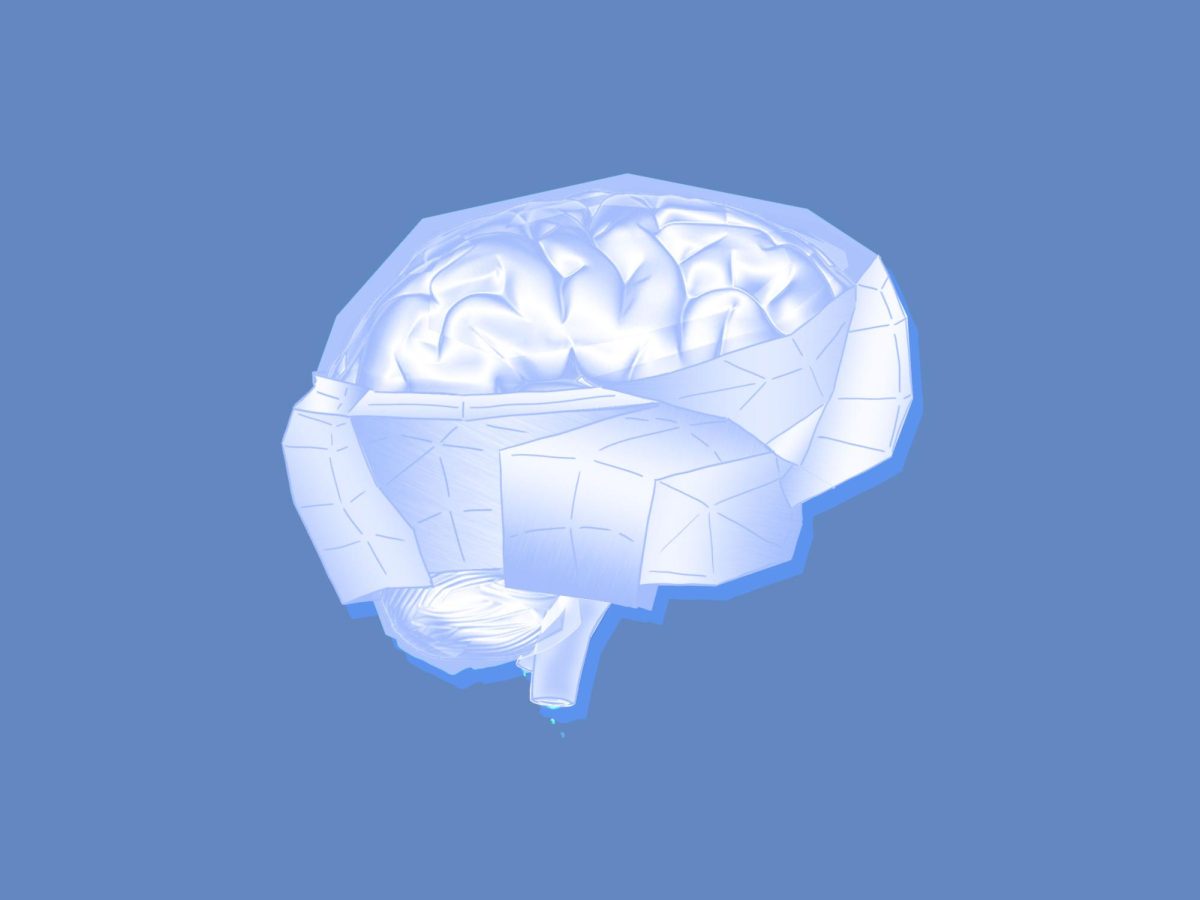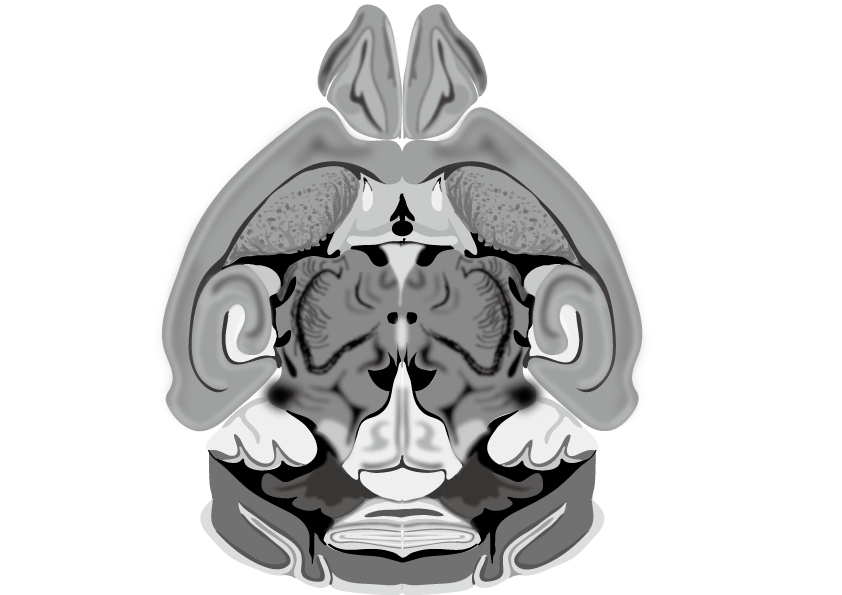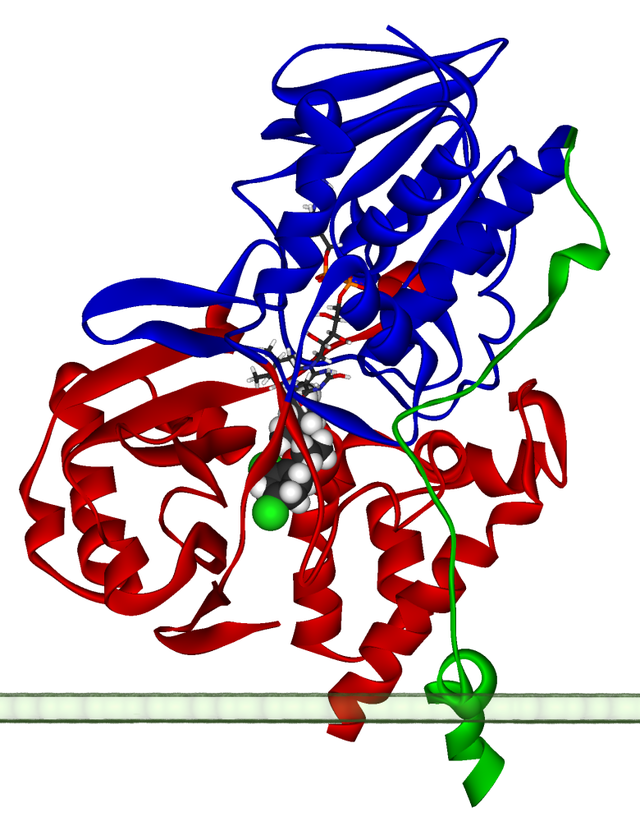Researchers at Florida State University have found a new way to identify the chemical makeup of salt solutions using just photographs. Their approach uses AI and robotics to simplify chemical analysis, cutting costs and speeding up results across a variety of fields.
At the center of the research is a custom-built robotic system known as the RODI, or Robotic Drop Imager. Created by scientists at FSU, the machine prepares tiny droplets of salt solution on glass panes and captures high-resolution images as they dry. It can process and photograph more than 2,000 samples a day.
Unlike traditional chemical testing methods that rely on expensive instruments and trained technicians, this approach requires just a few milligrams of material and a camera setup. That makes it easier to perform chemical tests in places without access to full lab equipment.
“We thought that if we used sufficiently large databases with enough pictures of different compounds and stains, we could maybe use AI to determine what the composition is,” Professor Oliver Steinbock, one of the project’s lead researchers, said.
The idea is simple, but the execution is highly technical. As the droplets dry, each salt leaves behind a distinct crystallization pattern similar to a fingerprint.
These patterns are then photographed and converted into grayscale images, which are analyzed using machine learning algorithms trained on 47 different image features such as texture, brightness and structure.
The results are striking. The AI system can identify the type of salt in a given sample with 99% accuracy, and it can determine the concentration level with 92% accuracy. These high success rates mark a major improvement over previous studies that required manual sample preparation and smaller image libraries.
While the science itself is impressive, the broader implications are what truly set this project apart. Traditional chemical analysis techniques, such as spectroscopy and chromatography, can be prohibitively expensive and require specialized knowledge to operate. This new method dramatically reduces the cost and complexity of chemical testing.
“This would be incredibly useful,” postdoctoral researcher and co-author Amrutha S.V. said. “Some types of spectroscopy and other analysis methods are expensive and require specialized technical expertise to operate. That’s why I’m excited about the possibility of a simple method—just taking a photo to determine chemical composition.”
The technology is already attracting attention from organizations like NASA, which has a strong interest in compact, lightweight tools for space exploration.
Instead of returning samples to Earth for analysis, future missions could use imaging and AI to identify chemical signatures on site, whether on Mars or the moons of Saturn.
The applications do not end in space. This technique also holds promise for law enforcement, medical diagnostics, and environmental testing. In the field, a quick photograph could serve as a preliminary test for drug identification or hazardous material assessment. Additionally, in remote hospitals or clinics, the same method could aid in patient diagnoses when lab resources are limited.
In short, the FSU team has taken something ordinary, a drying salt drop, and revealed its hidden complexity. With the help of robotics and AI, they’ve developed a system that allows people to perform lab-level chemical tests using only images.
“This is important because it could democratize chemical analysis” said Steinbock. The work coming out of FSU shows what’s possible when you mix curiosity with the right tools and it’s exciting to think about where it might go next.


